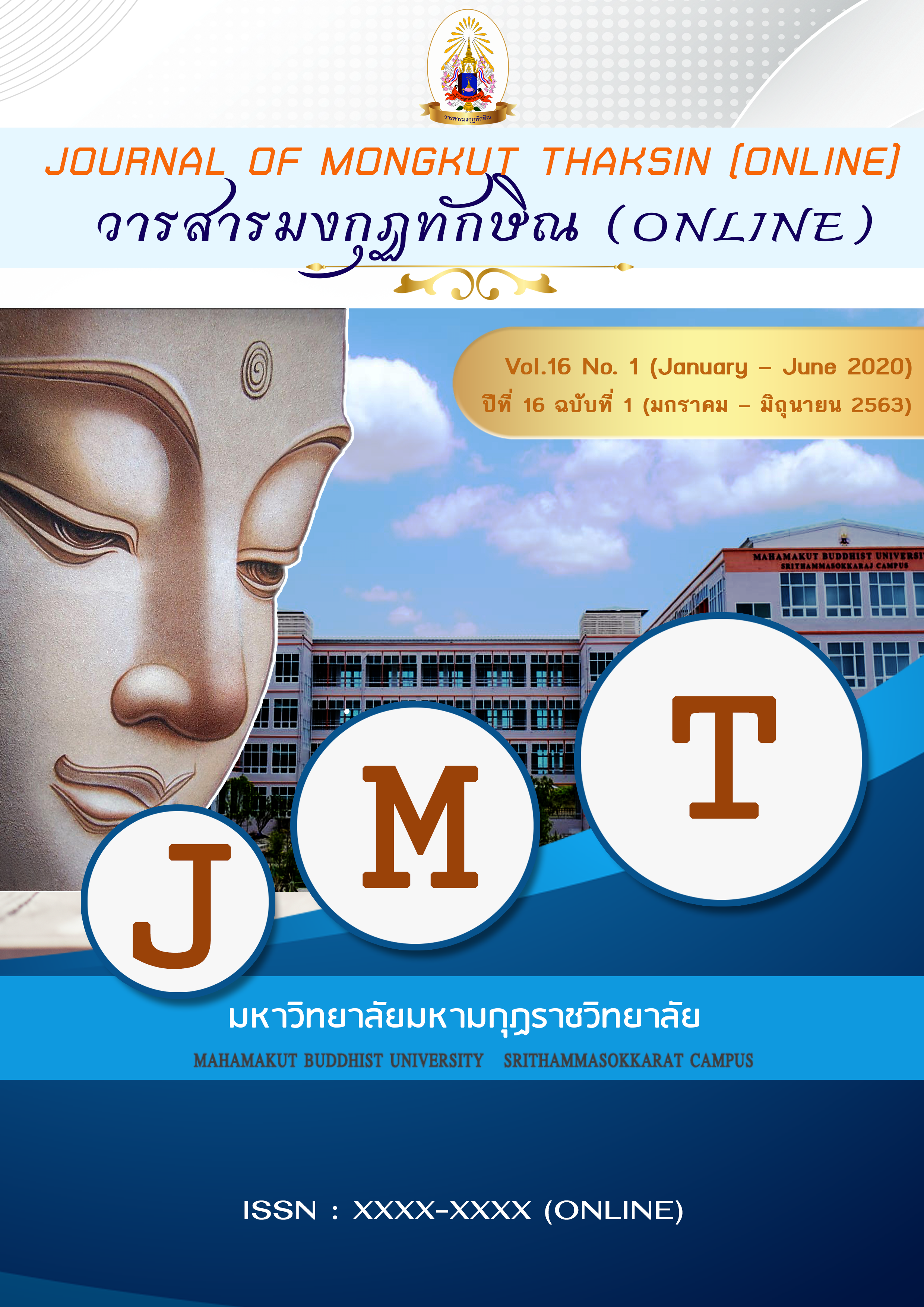BRAHMA VIHARA PRINCIPLE FOR EXECUTIVES ACCORDING TO THE OPINIONS OF PROVINCIAL ELECTRICITY AUTHORITY EMPLOYEES IN SURAT THANI PROVINCE
Main Article Content
Abstract
The purpose of this research was to study the Brahma Vihara principle for executives based on the opinions of the Provincial Electricity Authority employees in Surat Thani Province. To compare the opinions of the PEA employees towards the executives in applying the Brahma Viharn principle in administration with different gender, age, education level and income, and to study the recommendations and guidelines for promoting the adoption of the Brahma Viharn principle in the administration. of the Provincial Electricity Authority of Surat Thani Province. The population used in the study were 190 employees of the Provincial Electricity Authority, Surat Thani Province. The instrument used was a questionnaire. and analyze the data by using a computer program The statistics used are percentage, mean, standard deviation, hypothesis testing by independent statistical Z- test.
The results showed that
The employees of the Electricity Authority viewed that the management had applied the Brahma Vihara principles in the overall management at a moderate level. and when considering each aspect, Metta, Karuna, Mudita, Upekkha were at the moderate level in all aspects. The results of the comparison of differences between gender, age, education level and income revealed that the employees' incomes were of the opinion that the management had applied the overall Brahma Vihara principle at a statistically significant difference at the 0.05 level in terms of gender, age. There was no significant difference in the overall educational level of the Brahma Vihara principles at the 0.05 level.
From the results of this study, there is a suggestion that there should be a project plan on morality and ethics to develop human resources in terms of morality. Ethics and Discipline should use good governance To make the operation of the organization to be effective.


